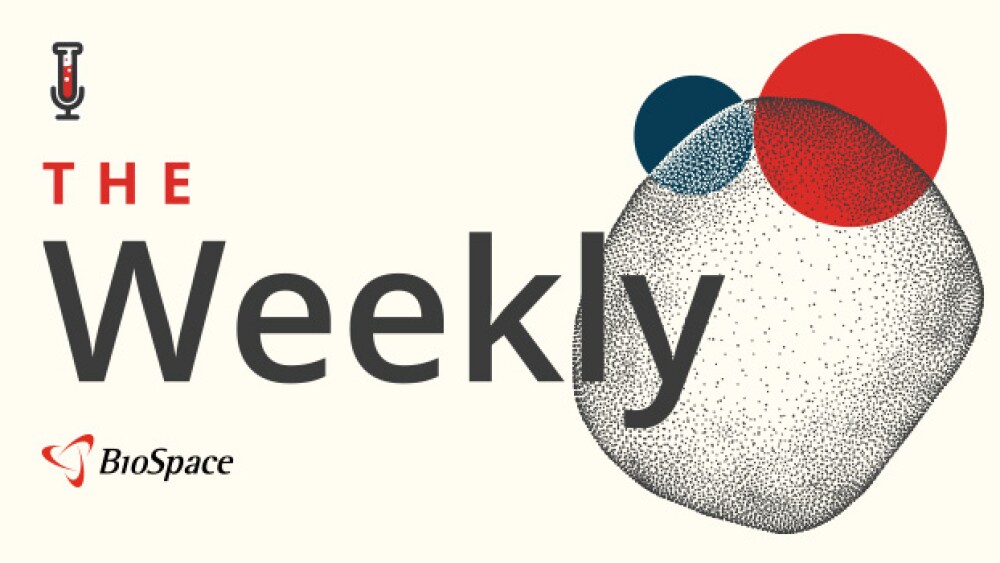The study published in Nature Physics today was carried out by researchers from the ARC Centre of Excellence for Coherent X-ray Science (CXS), headquartered at the University of Melbourne. Associate Professor Robert Scholten from the University’s School of Physics and the CXS, said the new cold electron source offered potential advances in electron imaging at the atomic or nanoscale which will have real applications in a range of industries including health. “Enhanced nanoimaging using this cold source will enable us to design better drugs for more targeted treatments. Having a better visibility of the structure of a cell membrane protein and how it functions will assist in more targeted drug design.




